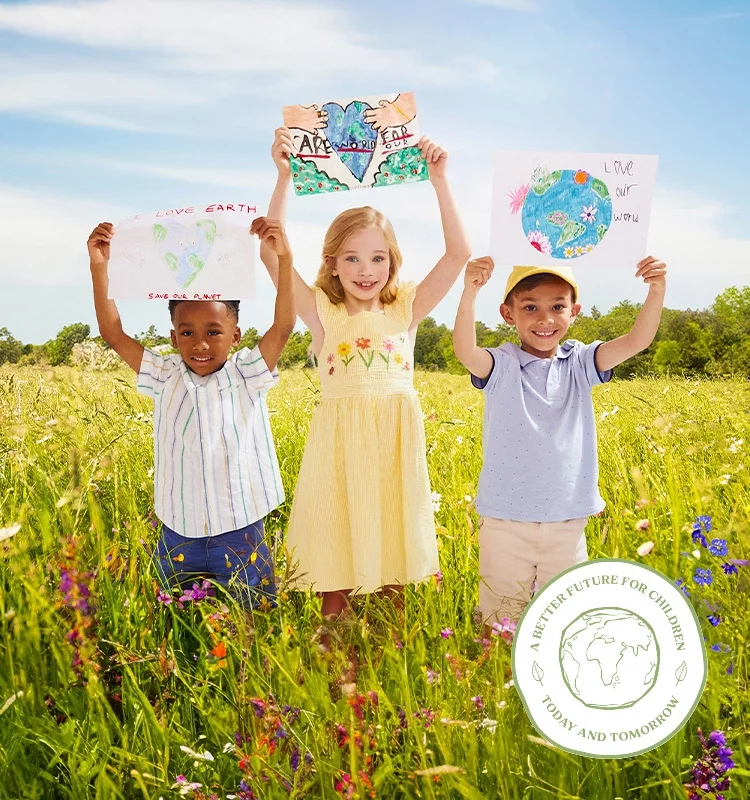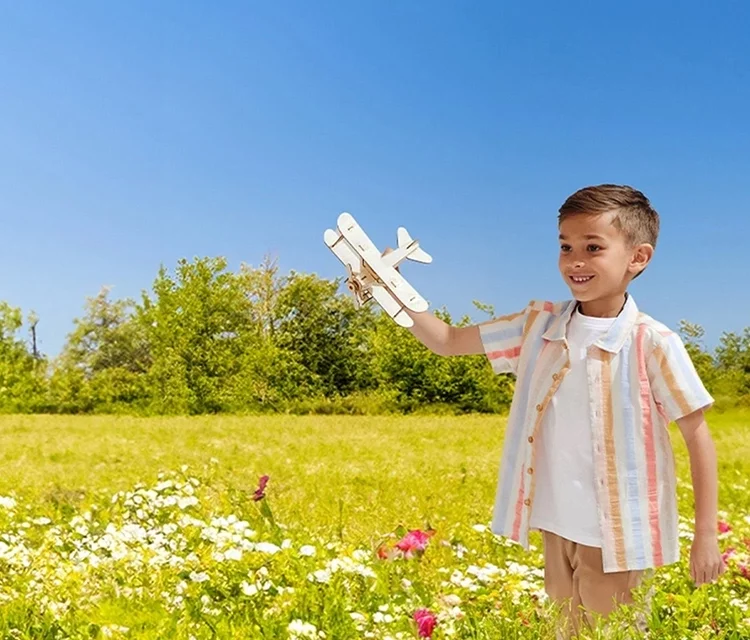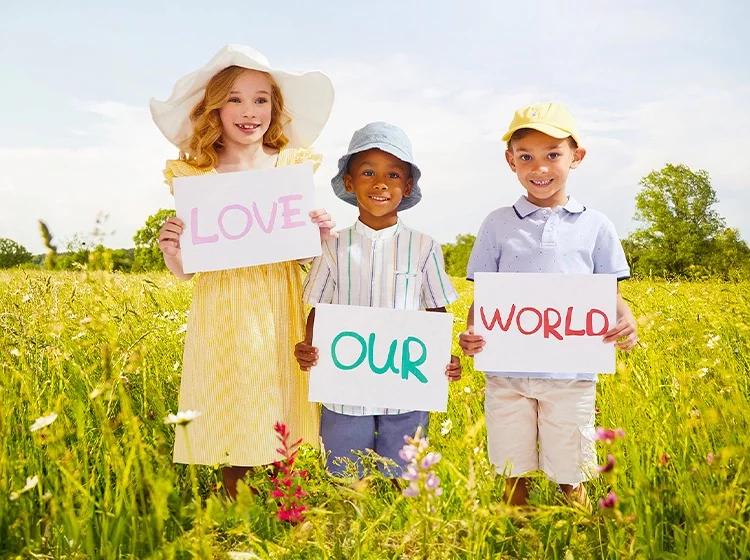
All About Carbon Offsetting at Childrensalon
At Childrensalon, we are passionate about building a better future for children today and tomorrow. We sat down with our Childrensalon team and talked about our new commitment to reduce greenhouse-gas emissions by 50% and include complimentary carbon offsetting as part of every order.
Aside from what we do here, a lot of us are parents too so it's important that we help protect the next generation's future. That's why sustainability sits at the heart of our ethos because we believe in celebrating the magic of childhood. Read on to find out why (and how) we have made tackling climate change part of our strategy at Childrensalon.
Images by Childrensalon
“In 2024, we started offsetting the emissions of every customer order as part of our complimentary service offering.”
ㅤ
How does carbon offsetting work?
For Childrensalon, offsetting is completely voluntary. It’s something we want to do as part of our commitment to help build a better future for all children. It starts with a project to remove or reduce carbon emissions; this could be building a solar farm so that a local coal-burning power plant reduces its production and its emissions. After the project is up and running and after the 'reduced emissions' have been externally certified, the project can sell each verified ton of reduced carbon emissions as a ‘carbon offset’ — sometimes called a ‘carbon credit’ — to businesses like ours, who want to balance out their own emissions to be carbon neutral; it’s one carbon credit for one ton of emissions.
Does carbon offsetting really help tackle climate change?
Yes! Certified carbon offset projects have a really important role to play: they do great things to help reduce global emissions, sequester carbon to keep it out of our atmosphere, and incentivise a faster global transition to low-carbon infrastructure. That being said, businesses need to reduce their own emissions; simply buying offsets isn’t enough — it’s not a standalone solution. At Childrensalon, we’ve always focused on emissions reductions first — since 2016, we’ve reduced our direct emissions by 95% — otherwise it’s a total red flag if offsetting is the only thing a company is doing.
How do you know how many offsets to buy?
The details get a bit technical, but rest assured we follow the recommendations of the international Greenhouse Gas Protocol as well as UK regulations guiding businesses on how to correctly calculate and report emissions. We also work with expert consultants to check our calculations and get our annual carbon emissions externally verified before we make our reports public.

ㅤ
How will Childrensalon reduce the climate impact of orders?
When people imagine our carbon emissions, they normally think about how we ship products all over the world, and they’re surprised to find out that 90% of the emissions for a typical order are actually from making the products — only 10% or 15% will be from our shipping and packaging. So, for us to really reduce our climate impact, focusing on our products and things like recycled materials and certified organic cotton will be key. Just switching from conventional cotton to organic cotton can reduce emissions by 46% — that’s huge! Today, almost a third of the products on our website already include lower-carbon materials, and each season more and more brands are following suit.
What offsetting projects does Childrensalon support?
We wanted to support projects with a connection to our sector, after all, the textile and garment industry is responsible for close to 10% of greenhouse-gas emissions globally. So with help from Redshaw Advisors, we found projects that bring clean, renewable energy to textile factories and industrial parks across India, replacing electricity from coal. We’re supporting solar and biomass clean energy production at 13 locations. We especially love these projects because they bring better education and job opportunities to local communities, and each has been certified by either the Verified Carbon Standard (VCS) or the United Nations’ Clean Development Mechanism (CDM) so we can be confident that they do genuinely help reduce global emissions. (Refer to the public registry for full details on VSC projects #1497 and #733 and CDM project #5470.)
“As parents, making more sustainable choices can be taught to kids when shopping together.”
ㅤ
What climate-conscious tips would you give to parents shopping for their children?
There are so many eco and ethical certifications, so we recommend keeping things simple and look for organic or recycled cotton — GOTS certified is one of the best, but any of the “better" cotton standards should be a step in the right direction — you can also try to look for "made in Europe". These products will normally have a lower carbon footprint, fewer chemicals, and better protections for workers. Today, it’s so much easier to find organic for every style and budget. On the Childrensalon websites alone, you can find more than 25,000 products made with lower-impact fabrics.
Another thing parents can do is buy less and choose better quality and lower-carbon materials. For mini adventurers that love things like climbing trees and exploring, durability and washability are top priorities. One of our go-to tips is that certain prints, like all-over-floral dresses or bolder-print trousers and shorts, are the best at hiding stains and repairs. And it’s easy to let down hems for growing legs, and when they are well and truly too small, there's always another little one eager to accept those hand-me-downs.
